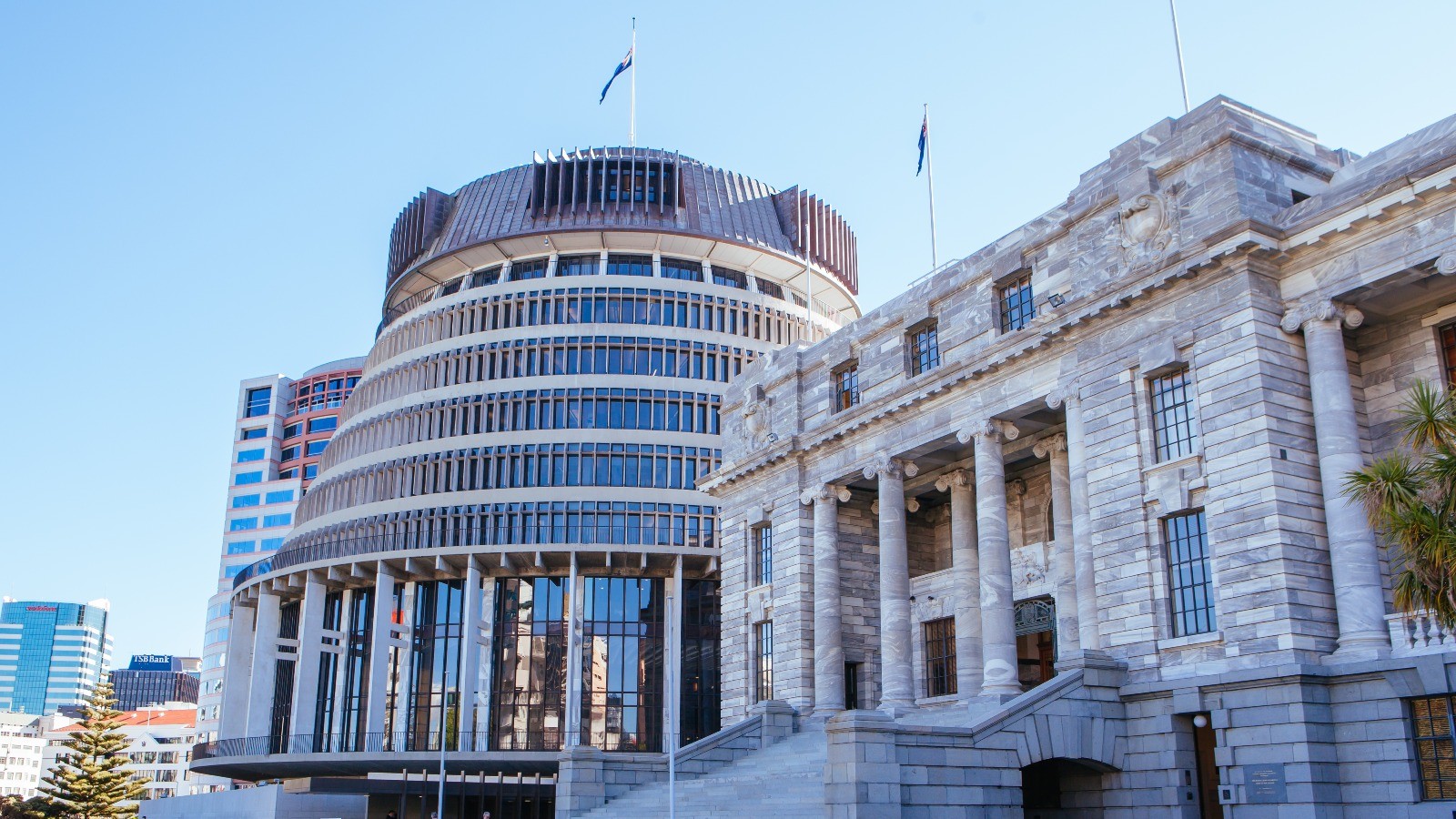Treasury New Zealand’s floating exchange rate
New Zealand's currency, the New Zealand dollar (NZD), has been on a free-floating exchange rate since 1985. As New Zealand relies significantly on external capital, relative interest rates substantially influence the NZD's value. Additionally, the country's status as a leading exporter of agricultural products means commodity prices also play a role in shaping the currency's strength.
"...the NZD ranking among the top 15 most traded currencies globally, despite New Zealand being the 51st largest economy."
The floating exchange rate system allows the NZD to adapt to economic shocks by responding to external events. During periods of global uncertainty or economic downturns, such as the Global Financial Crisis or the early stages of the COVID-19 pandemic, the NZD may depreciate sharply. This depreciation can benefit the economy by making exports more competitive and attracting tourism and investment. Conversely, in times of strong, relative economic growth, the NZD can appreciate, reducing inflation and suppressing net exports. Overall, this system has proven effective, with the NZD ranking among the top 15 most traded currencies globally, despite New Zealand being the 51st largest economy.
Treasury Foreign exchange market and hedging instruments
Businesses in New Zealand have access to a comprehensive range of hedging instruments to manage foreign exchange (FX) risks, which are essential given the NZD's volatility and high degree of trade-related economic activity. The most commonly used tool is the forward exchange contract (FEC), allowing companies to fix currency risks out multiple years against major trading currencies like the USD, GBP, EUR, AUD, JPY, CNH, SGD, and THB.
Large New Zealand banks have local dealing desks, though more significant or complex transactions might be handled through their Australian parent banks. Global banks also operate in New Zealand, often leveraging their offshore trading desks in Asia or Australia.
Treasury Interest rate markets
New Zealand boasts a robust domestic interest rate market, with overnight index swaps (OIS) trading several years out and a traditional swap curve extending up to 15 years. Although liquidity for longer-term swaps is limited, most activity occurs within the 10-year range.
This swap market aligns with the domestic bond market, where issuances beyond 10 years are rare, except for those by the Government or the Local Government Funding Agency (LGFA). As noted in the Capital markets section, about 90% of business lending comes from registered banks, which typically hesitate to commit to terms longer than 3-5 years. Consequently, businesses often manage interest rate risks independently, utilising the swap market.
Treasury Independent monetary policy and interest rates
The Reserve Bank of New Zealand (RBNZ) is tasked with maintaining price stability, promoting sustainable economic growth, and ensuring a sound financial system. A primary tool in its arsenal is the Official Cash Rate (OCR), reviewed and set 7-8 times annually, akin to the US Federal Reserve's approach.
The OCR is the rate at which banks borrow and lend funds overnight and serves as a benchmark for various interest rates, including mortgages and business loans. The RBNZ's Monetary Policy Committee (MPC) determines the OCR based on economic conditions, inflation projections, and other factors. The OCR also indirectly influences the floating rate BKBM (Bank Bill Key Benchmark Rate), a reference rate used in New Zealand's financial contracts, similar to Australia's BBSW and the now-retired LIBOR in the US/UK.











